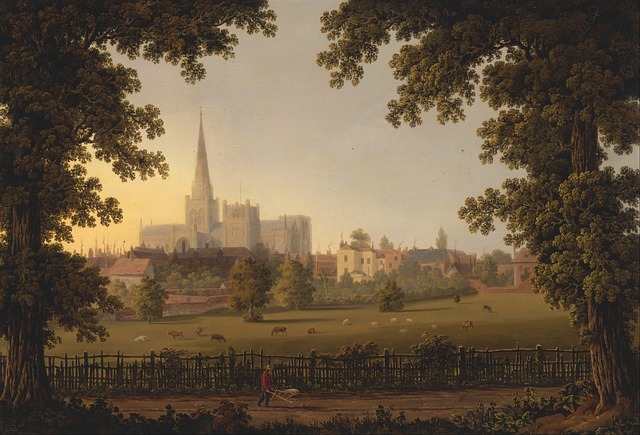Parks, trails, and agritourism significantly boost real estate values by enhancing aesthetics, offering outdoor recreation, and improving residents' quality of life. Agritourism, a growing trend, transforms rural areas into vibrant destinations that blend farming with modern tourism, stimulating local economies and preserving natural charm. These amenities attract visitors, foster social cohesion, promote physical and mental health, and increase property values, making communities more attractive and economically robust.
Parks, trails, and agritourism are transforming rural landscapes and enhancing real estate value. This article explores the multifaceted benefits of these initiatives, focusing on how they drive economic growth, foster community engagement, and elevate property values. We delve into the rising trend of agritourism, highlighting its potential to revitalize local economies while offering residents and visitors alike unique experiences that integrate nature and community. Discover how these strategies can create sustainable, thriving communities.
Enhancing Real Estate Value: The Impact of Parks and Trails

Parks and trails can significantly enhance real estate values in nearby areas. This is due to several factors, including improved aesthetics, increased access to outdoor recreation, and better overall quality of life for residents. Home buyers often seek out properties situated close to parks or with trail access, as these amenities contribute to a desirable living environment.
The presence of well-maintained parks and trails can also signal a community’s commitment to sustainability and environmental preservation, further boosting the desirability of nearby real estate. Additionally, these green spaces attract visitors, fostering economic growth through agritourism and other related activities, which can indirectly benefit local businesses and property values.
Agritourism: A Rising Trend in Rural Landscapes

In recent years, agritourism has emerged as a captivating trend, transforming rural landscapes into vibrant destinations. This concept seamlessly blends traditional farming practices with modern tourism, offering visitors unique experiences amidst picturesque farms and lush greenery. From exploring working ranches to interacting with livestock, agritourism provides an escape from the hustle and bustle of city life, appealing to folks seeking authentic and educational adventures.
The appeal of agritourism extends beyond recreation; it also stimulates local economies. By attracting visitors, these agricultural ventures can boost real estate values in surrounding areas, fostering sustainable growth while preserving the area’s natural charm. This rising trend not only preserves rural heritage but also educates tourists about the importance of agriculture, creating a harmonious relationship between urban and agrarian lifestyles.
Integrating Nature and Community: Benefits for Local Economies and Residents

Incorporating parks, trails, and agritourism into a community’s fabric offers multifaceted benefits. Beyond providing recreational spaces for residents and visitors alike, these natural amenities significantly boost local economies. Agritourism, in particular, attracts city dwellers seeking rural experiences, thereby stimulating demand for local goods and services from real estate to handicrafts. Trails and parks also encourage outdoor activities that promote physical and mental health, fostering a sense of community well-being.
The positive impact extends to real estate markets as well. The presence of scenic parks and walkable trails enhances property values in surrounding areas. Residents benefit from improved quality of life, while businesses may see increased customer loyalty and retention. This harmonious integration of nature and community creates a vibrant, attractive locale that supports both economic growth and social cohesion.






